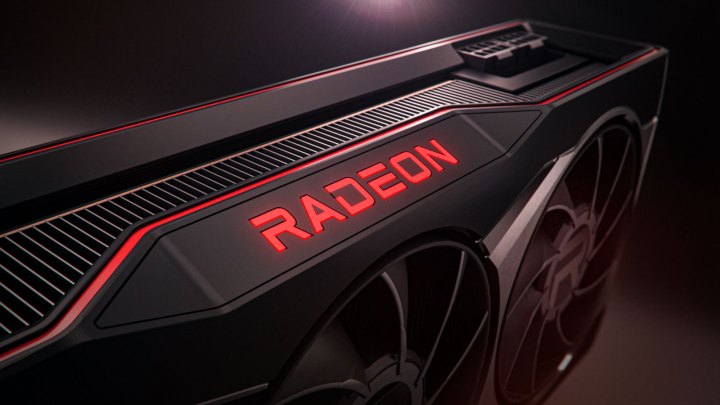As if the shortage of graphics cards from AMD and Nvidia in 2020 wasn’t already bad enough, gamers who were unable to purchase a GPU last year may find that their coveted PC component will cost more in 2021. A price increase isn’t to blame for the increased cost this year, however, which is the good news. The bad news is that since these cards are manufactured in China, and the Trump administration’s 25% tariff on China imports will likely drive up the prices for GPUs, motherboards, and processors.
The tax was slated to take effect in September 2019, but temporary exemptions were made for GPUs and accelerator modules, according to a New York Times report, at the time. However, those exemptions expired at the end of 2020, and the administration did not provide any further extensions. This means that graphics cards purchased in 2021 could carry a 25% tariff, making them even more costly for gamers.

The cost of Nvidia’s $699 flagship GeForce RTX 3080 will go up to as much as $874 with the tariff, and that’s before any sales taxes are applied. With sales taxes at 10% at the very high end in certain states, this could add in another $70 based on the price of the GPU, for a grand total of $944.
With Nvidia expected to unveil mobile RTX cards in 2021, this also means that laptop gaming could get even more expensive if manufacturers like Dell, HP, and Lenovo pass on the cost to consumers, as gamers don’t buy the GPU as a stand-alone component on notebooks.
But GPUs aren’t the only PC components being slapped with a tariff, and PC gamers caught in the middle of the United States’ trade war with China can also expect to pay more for motherboards and processors. This means that you’ll also need to budget more if you’re planning on outfitting your rig with the latest AMD Ryzen 5000 desktop processor or the much-anticipated Intel 11th-Gen desktop silicon this year.
So far, Intel claims that the tariffs won’t impact the company’s pricing. In addition to processors, Intel also makes its own discrete Xe graphics. However, if you’re buying a motherboard from another vendor or manufacturer, you may be subjected to the tariffs.

Asus, which makes both motherboards and graphics cards, confirmed that its component prices will increase. Other manufacturers have so far either declined to comment on or have not responded to inquiries about their pricing plans with the tariffs.
Gamers already had a rough year in 2020, as many found that they had to pay significantly more than MSRP to be one of the first on the block to secure a new GPU. Now, with the tariffs, expect those costs to skyrocket even further.
The incoming Biden administration has not indicated whether it will reverse those tariffs. In prior interviews, President-Elect Joe Biden only signaled that he would review the United States’ relationship with China to see if any changes are needed.



